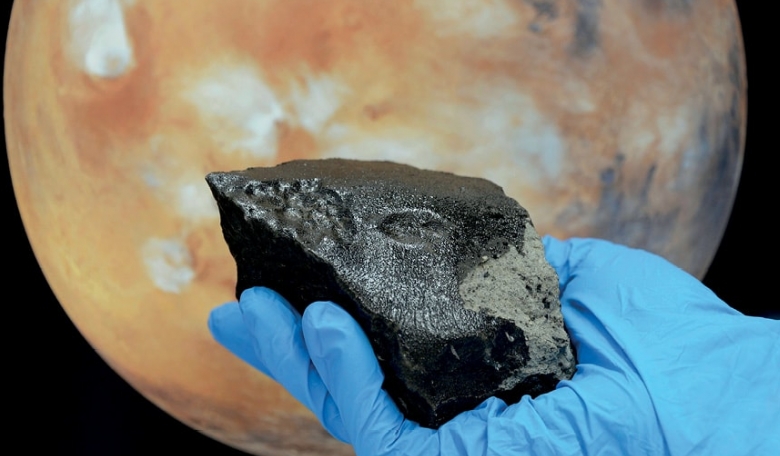Exploring our Solar System has been keeping humankind busy for more than 100 years - from the theoretical work of ‘The Exploration of Cosmic Space by Means of Reaction Devices’ by Konstantin Tsiolkovsky in 1903 to the launch of the first artificial satellite Sputnik 1 in 1957 to the recent sample return mission OSIRIS-REx launched in 2016.
Although orbiters and landers are equipped with ever more accurate instruments and with increased capacities to study planets, moons, asteroids and comets, analyses are still somewhat limited in comparison to what can be done in laboratories on Earth. Here, Aurore Hutzler and Ludovic Ferrière argue the case for Europe to develop its own curation facility so it can be more involved in future sample return missions.
The typical constraints of spaceflight mean that the mass, the volume, the power supply and the data feed of pieces of equipment must be kept as low as possible. Some analytical instruments routinely used in research laboratories on Earth - such as Inductively Coupled Plasma Mass Spectrometry (ICP-MS) - cannot be used in space because it involves preparing a liquid solution out of the sample.
Even if instruments on spacecraft have allowed significant advances in a number of different fields, to obtain high-precision analyses, it is necessary to bring samples back to Earth. Sample return missions have enabled extraordinary discoveries that fundamentally improved our understanding of the Moon with the Apollo missions and their 382 kg of lunar rocks; of comets with the Stardust mission; and of asteroids with the Hayabusa mission.
Until now, sample return missions have been led mostly by NASA in the US, by Roscosmos in Russia and by JAXA in Japan. Europe is a main actor in space exploration but has lacked the goal of claiming part of the samples brought back by these missions.
One possible explanation is that there is currently no dedicated curation facility for pristine extra-terrestrial samples on European territory, similar to those at NASA’s Johnson Space Center, Houston, or at JAXA, Sagamihara, Japan.
Although orbiters and landers are equipped with ever more accurate instruments and with increased capacities to study planets, moons, asteroids and comets, analyses are still somewhat limited in comparison to what can be done in laboratories on Earth. Here, Aurore Hutzler and Ludovic Ferrière argue the case for Europe to develop its own curation facility so it can be more involved in future sample return missions.
The typical constraints of spaceflight mean that the mass, the volume, the power supply and the data feed of pieces of equipment must be kept as low as possible. Some analytical instruments routinely used in research laboratories on Earth - such as Inductively Coupled Plasma Mass Spectrometry (ICP-MS) - cannot be used in space because it involves preparing a liquid solution out of the sample.
Even if instruments on spacecraft have allowed significant advances in a number of different fields, to obtain high-precision analyses, it is necessary to bring samples back to Earth. Sample return missions have enabled extraordinary discoveries that fundamentally improved our understanding of the Moon with the Apollo missions and their 382 kg of lunar rocks; of comets with the Stardust mission; and of asteroids with the Hayabusa mission.
Until now, sample return missions have been led mostly by NASA in the US, by Roscosmos in Russia and by JAXA in Japan. Europe is a main actor in space exploration but has lacked the goal of claiming part of the samples brought back by these missions.
One possible explanation is that there is currently no dedicated curation facility for pristine extra-terrestrial samples on European territory, similar to those at NASA’s Johnson Space Center, Houston, or at JAXA, Sagamihara, Japan.

Ei kommentteja:
Lähetä kommentti